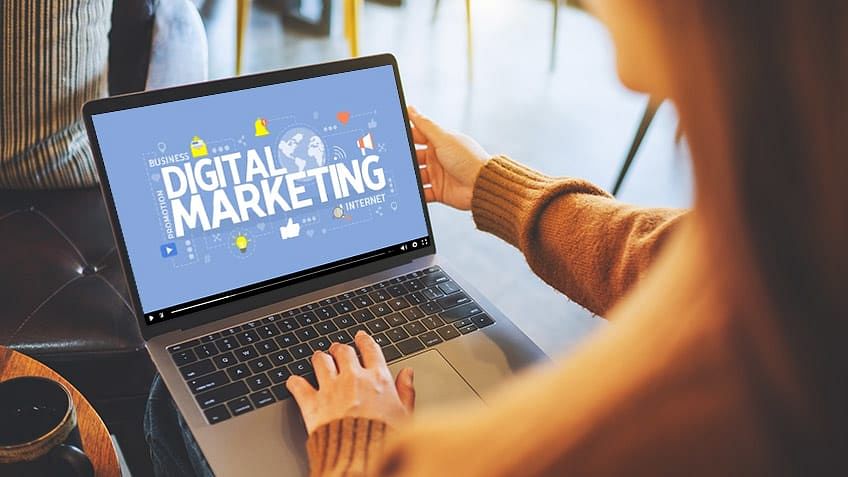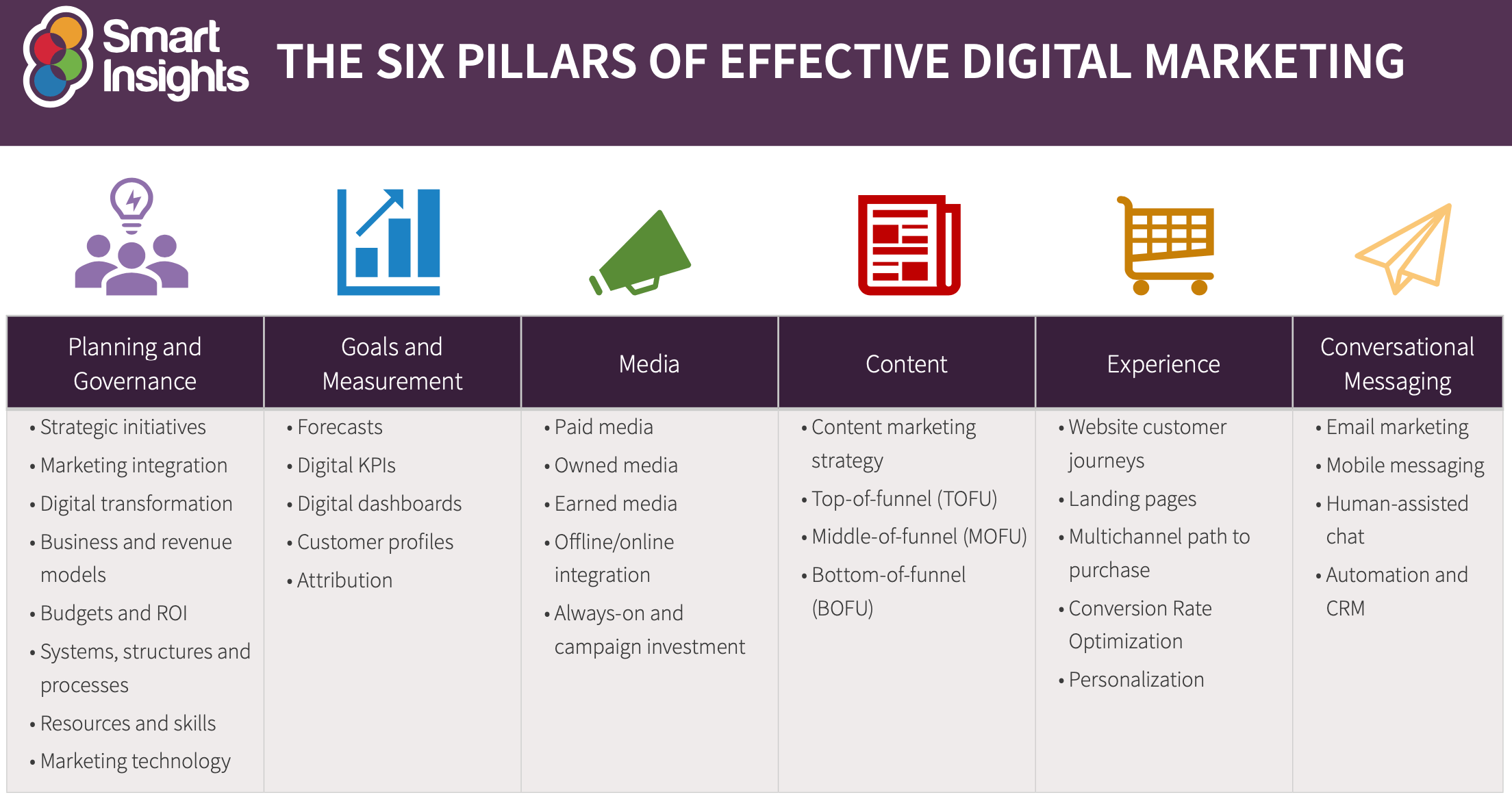Enhance Individual Experience and Drive Website Traffic With Receptive Internet Design
In today's electronic landscape, where customers are accessing internet sites from a multitude of tools, responsive internet layout has become much more important than ever before. With its ability to adapt and seamlessly readjust to different display dimensions, receptive layout not just improves individual experience yet likewise drives traffic to your internet site.
Why Responsive Website Design Matters
Responsive web layout is a crucial facet of contemporary web growth because of its ability to guarantee optimal user experience throughout various tools and display sizes. With the spreading of mobile phones, tablet computers, and other smart phones, it has come to be critical for websites to adapt and supply seamless functionality despite the tool being made use of.
The main reason that responsive web style issues is that it enables individuals to have a delightful and consistent surfing experience, regardless of the device they are using. A responsive website automatically readjusts its style, content, and design components to fit the screen dimension and resolution of the gadget, ensuring that customers can easily navigate and connect with the site with no aggravation or frustration.
Additionally, receptive website design also plays a considerable function in seo (SEARCH ENGINE OPTIMIZATION) Search engines, such as Google, focus on sites that are responsive and mobile-friendly in their search engine result. By including receptive layout concepts, web sites can enhance their presence and position, leading to boosted natural web traffic and potential customers.

Boosting Customer Involvement Through Responsive Design
Maximizing user engagement is a vital goal of receptive design, as it guarantees that users can easily gain access to and connect with website content on any kind of tool. With the boosting usage of mobile phones and tablets, it is critical for websites to adjust to different screen dimensions and resolutions. Responsive layout allows sites to automatically readjust their format and content to provide a smooth customer experience across gadgets.
Among the primary ways receptive design enhances customer interaction is by decreasing tons times. With a responsive internet site, users don't need to wait for separate mobile versions to tons, resulting in quicker accessibility to content. This improved rate causes greater user contentment and motivates them to spend more time on the site.
Furthermore, responsive layout improves individual involvement by enhancing navigation and interface (The Ad Firm web design agency). When a website is created responsively, switches and menus are maximized for touch communications, making it simpler for customers to connect and browse with the site on their mobile devices. This intuitive and easy to use experience maintains customers involved and urges them to discover more of the web site
Furthermore, responsive style permits for better material exposure and readability. By adjusting the layout and font style dimensions to different gadgets, receptive sites guarantee that individuals can quickly understand the content and review. This boosts customer engagement by minimizing the need for zooming or scrolling to read the text.
Boosting Site Traffic With Responsive Website Design
With the expanding appeal of smart phones, having a site that is receptive to different screen sizes and resolutions is vital for driving raised web traffic. In today's digital landscape, customers are accessing web sites from a range of gadgets such as mobile phones, tablet computers, and computer. Each of these tools has different display sizes and resolutions, and if your website is not designed to adapt to these variants, it can result in an inadequate customer experience and a loss of possible website traffic.
Receptive website design makes certain that your web site looks and functions optimally throughout all gadgets. By utilizing flexible grids, liquid pictures, and media questions, receptive layout allows your website to automatically change its material, layout, and navigating to fit any type of display dimension. This implies that users will certainly have a seamless surfing experience despite whether they are utilizing a small mobile phone or a big desktop computer computer system.
Secret Aspects of Effective Receptive Layout
Effective receptive layout includes numerous key components that make sure a smooth customer experience across various gadgets. One of these elements is versatile grids and designs. By making use of loved one devices like portions instead of taken care of systems like pixels, designers can produce layouts that scale and adapt to fit various screen sizes. This allows web content to be presented in a legible and visually attractive fashion on any type of device.
One more crucial aspect is media inquiries. These allow designers to use various styles and formats based upon the qualities of the user's device, such as display dimension and orientation. By making use of media queries, developers can enhance the presentation of material for every tool, guaranteeing that it is quickly obtainable and legible.
Responsive pictures are additionally crucial in efficient responsive layout. Photos that are as well big can slow down web page tons times on smart phones, while images that are too small might show up pixelated on larger screens. By making use of strategies such as receptive picture resizing and careless loading, developers can make certain that pictures are appropriately sized and optimized for each and every device.
Finally, efficient receptive style blog involves a mobile-first method. This suggests making and focusing on content for smart phones initially, and after that increasing and improving the style for larger displays. This method ensures that the most important material is quickly available on smaller displays, while still supplying a rich experience on bigger devices.
Ideal Practices for Applying Receptive Website Design
Implementing receptive web design calls for careful factor to consider of various best methods to ensure an optimal customer experience throughout different devices. Below are some vital finest practices to follow when implementing responsive web layout.
To start with, it is essential to prioritize mobile users. With the raising supremacy of mobile tools, creating for mobile-first has actually ended up being crucial. Start deliberately for smaller displays and after that considerably enhance the format for larger screens.

Another essential best method is to optimize pictures for various display resolutions. Large pictures can decrease the filling time of your internet site, specifically on mobile devices with slower links. Use responsive images that can be resized based on the device's display resolution to enhance efficiency.
Additionally, test your website on different gadgets and display dimensions to ensure a smooth and constant experience. There are different testing devices readily available that can assist you determine any concerns and make required modifications.
Last but not least, focus on usability and availability. Make sure that your website is simple to browse, with clear and concise web content. Make certain that your web site comes to individuals with disabilities and complies with access guidelines.
Final Thought
In final thought, receptive web layout plays an essential function in boosting customer experience and driving website traffic to web sites. By taking on responsive style concepts, websites can make certain optimum watching experiences across different tools, leading to raised user engagement.
Optimizing customer engagement is a vital goal of responsive style, as it makes redirected here certain that individuals can conveniently gain access to and engage with internet site content on any type of gadget. Responsive style enables sites to immediately readjust their format and web content to offer a smooth user experience throughout devices.
Additionally, responsive layout boosts user involvement by boosting navigation and user interface.Receptive images are additionally vital in efficient responsive style. By adopting responsive style principles, websites can make certain ideal viewing experiences throughout various devices, leading to boosted individual interaction.